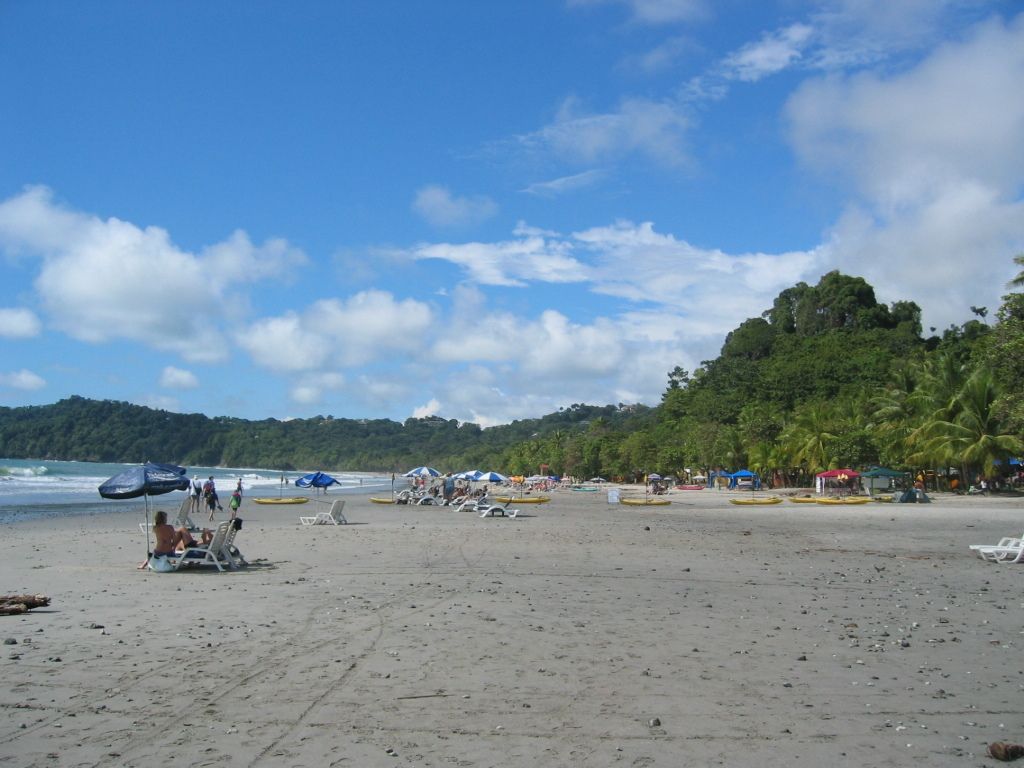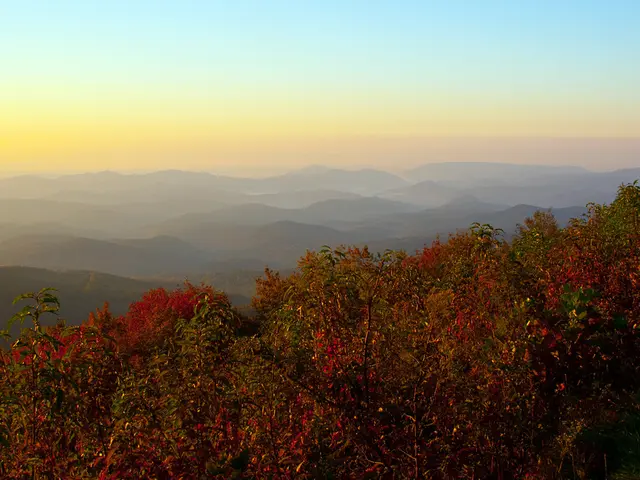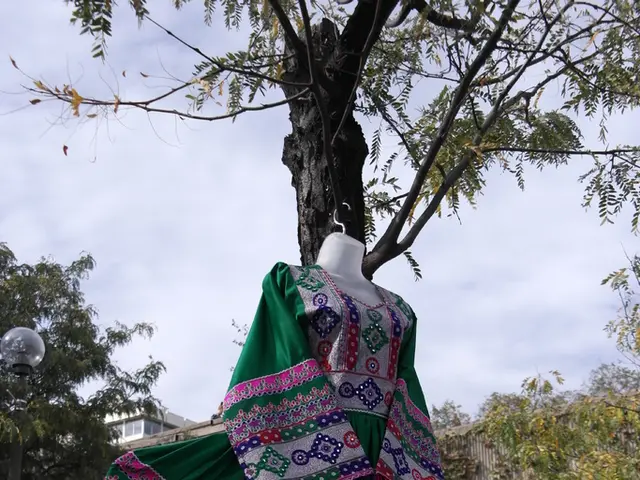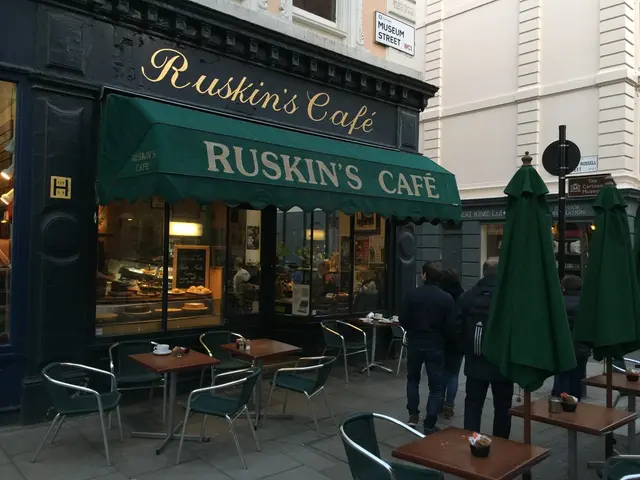Highland Union of Whisky: A Mountaintop Nuptial Equilibrium at Dalwhinnie Distillery
In 2018, as I was wrapping up research for my book "Sea of Bones," I took a ride on a train from Edinburgh to Inverness. The infamous Anticyclone Hartmut, also known as the Beast from the East, had covered most of Europe in deep snow, with temperatures plummeting to a chilling -20° where I'd come from. In Inverness, a tiny Fiat—if memory serves—was waiting for me. Some friends had warned against both the choice of car and the wisdom of venturing to the Highlands of Scotland in such harsh conditions. But I was determined not to let my hard-earned manuscript gather dust after reaching this critical point.
The train journey deftly navigated between the Cairngorm and Monadliath mountain ranges. Through the frosted train window, I spotted Dalwhinnie Distillery, the second-highest producer of Scottish whisky, nestled in the midst of a frozen prairie. The name Dalwhinnie originates from the Gaelic word 'Dail Chuinnidh,' meaning 'meeting place,' as these open ranges were where cattle drovers en route south congregated on their journeys. I couldn't help but find something comforting and awe-inspiring about those squat white buildings against the landscape.
This is a place where drovers and mountain ranges intertwine, and whisky styles meet too. Speyside whiskies, known as Scotland's protected region for these spirits, surround the River Spey. Dalwhinnie technically falls within Speyside's territory; however, it is designated as a Highland whisky—a classification that is also correct, considering Speyside lies within the Highland area.
So, if all Speysides are Highlands, but not all Highlands are Speysides, what sets them apart? Speyside whiskies are generally fresher and fruitier on the palate, while Highland whiskies feature more peat and smoke, offering a unique flavor experience. Dalwhinnie ingeniously blends these disparate notes, harmonizing Speyside sweetness with the smokiness imparted by the local peat, which nourishes the distillery's water source. The water source—Lochan an Doire-Uaine, meaning 'lake in the green grove,' situated at an altitude of 609 meters—is exclusive to Dalwhinnie and is not used by any other whisky.
Despite its unique water source, Dalwhinnie has faced its fair share of hardships. The distillery closed after just a year of operation and was subsequently rebranded. After seven years, it was sold again to American distillers Cook and Bernheimer, sparking concern that the new owners would alter the essence of Scottish whisky-making. The controversy intensified when they began mixing Dalwhinnie with other whiskies to cater to American tastes.
The distillery reclaimed its independence in 1919, but challenges continued to surface, including a fire that forced a four-year shutdown and heavy snow drifts that hampered the rebuilding process. Post World War II, the distillery endured another period of shutdown due to barley shortages. Despite these obstacles, Dalwhinnie has persisted, developing a distinct flavor profile through continuous innovation in ingredients and techniques. It is now a top-selling malt in the world, blended with Buchanan's Black and White and maintained by a tireless team of whisky makers.
My train passed by, as a cold downpour pounded the windows, soaking me upon my arrival in Inverness. Despite the weather, the roads remained clear of snow, and temperatures were pleasantly mild for the following days. I spent my time wandering the stunning forests and dunes along the coastline, where colorful migratory birds splashed in the shallows and took flight into the clear skies. At night, my guesthouse offered miniature flasks of whisky—Dalwhinnie among them—on my bedside table for my enjoyment. Just like the distillery itself, these drams were a comforting and invigorating blend of smoothness and robustness.
- My journey on the train continued through the Highlands of Scotland, traveling alongside the Cairngorm and Monadliath mountain ranges.
- During my trip, I visited the Dalwhinnie Distillery, a Highland whisky producer, nestled in the frozen landscape.
- The local lifestyle in Inverness, where I was staying, included the use of eco-friendly practices and a focus on food-and-drink, with miniature flasks of whisky, including Dalwhinnie, on my bedside table.
- Upon returning home, I appreciated the unique flavor of Dalwhinnie whisky, a blend of Speyside sweetness and local peat smoke, which was exclusive to the distillery's water source.
- Despite facing numerous obstacles, including shutdowns, fires, and heavy snow drifts, the Dalwhinnie Distillery has persisted, becoming a top-selling malt in the world and symbolizing resilience and innovation within the Scotch whisky industry.






